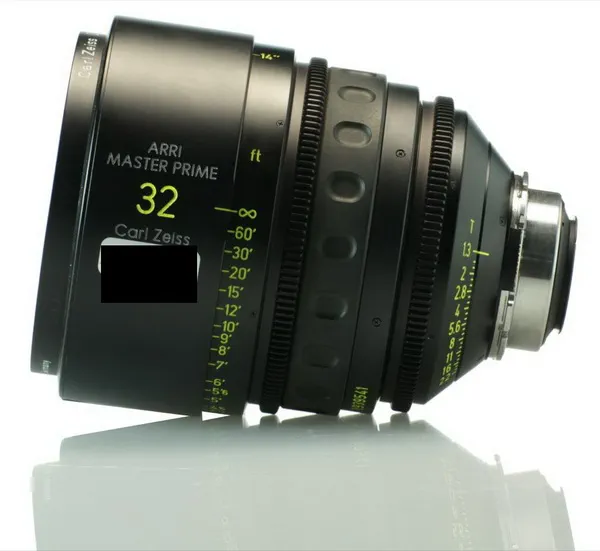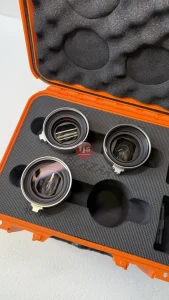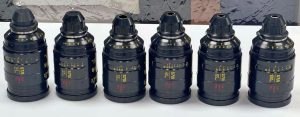Choosing the right lens is crucial for capturing stunning photos. But with so many options, differentiating between prime and zoom lenses can be tricky. Fear not, photography enthusiasts! Here are some key methods to identify a prime lens:
The Focal Length Fingerprint:
- Prime Lens: Look for a lens with a single number inscribed on the barrel. This number signifies the fixed focal length of the lens, such as 35mm, 50mm, or 85mm. It’s like a unique fingerprint for that specific prime lens.
- Zoom Lens: Zoom lenses, on the other hand, display a range of focal lengths separated by a hyphen. For instance, a zoom lens might be labeled 18-55mm, indicating it can zoom from a wide-angle 18mm to a telephoto 55mm.
Size Matters: A Visual Clue
- Prime Lens: Prime lenses tend to be more compact and lightweight due to their simpler design with fewer internal elements.
- Zoom Lens: Zoom lenses, to accommodate the zooming mechanism, often have a larger and heavier barrel. Imagine a zoom lens as a transformer, expanding its size to offer various focal lengths.
Consulting the Lens’s Identity:
If the markings on the lens are unclear, don’t fret! You can leverage some detective work:
- Instruction Manual: The lens’s manual will have all the specifications, including the focal length. It’s like the lens’s birth certificate, revealing its prime or zoom nature.
- Manufacturer’s Website: Search the manufacturer’s website for the specific lens model and look for technical specifications that mention focal length.
Conclusion: Cracking the Lens Code
Identifying a prime lens is an achievable feat! By simply checking the focal length information displayed on the lens barrel, its size, or consulting the manufacturer’s resources, you can quickly crack the lens code and determine if it offers the fixed focal length characteristic of a prime lens.
Frequently Asked Questions:
- The lens has no markings! What now?
If the markings are missing, don’t panic. Search online for the lens model based on its brand and any other identifying features. This online detective work should help you find the specifications, including focal length.
- Are there other giveaways?
While not a guaranteed method, prime lenses often boast wider maximum apertures (like f/1.4 or f/1.8) compared to zoom lenses. However, this isn’t always the case, so relying on the focal length information remains the most reliable approach.
- Why use a prime lens?
Prime lenses offer a range of benefits, including superior image quality, faster apertures, lighter weight, and affordability compared to zoom lenses of similar quality.








